GraphAI in Action: Real Case Studies of Prompt-Powered Crypto Automation
If you’ve spent any time building in crypto, you know the drill: hours of setup, endless debugging, and code that breaks the moment market conditions shift.
But with GraphAI, that’s changing. Built on the GraphLinq Chain, GraphAI turns complex on-chain operations into simple prompts — no development time, no infrastructure hassle, no stress.
Here’s how crypto users will soon be able to put GraphAI to work in real-world scenarios:
Launching a Token on GraphLinq Chain (or any other EVM chain)
Launching your own token used to require:
- Smart contract coding
- Manual deployment
- Testnet debugging
- UI dashboards to monitor launches
With GraphAI, it’s reduced to a single request.
Prompt:
“Launch an ERC20 token on GraphLinq Chain with 1M supply.”
That’s it. The AI deploys the contract from your hosted wallet and shares the newly deployed token address, all within seconds.
After launching your token, GraphAI can help you handle the next steps too. Just ask, and it can:
- Transfer your tokens: Move funds between wallets, whether it's for testing, distribution, or paying contributors.
- Approve token spending: Set spending allowances for smart contracts or dApps.
- Add liquidity to a DEX pool: Provide token pairs to decentralized exchanges to kickstart trading and price discovery.
- And more: Need to interact with a staking contract, claim rewards, or call a custom function? Just describe what you want to do, and the AI handles the rest.
DeFi Arbitrage Bots, Now Built by Prompt
Previously, setting up a DeFi arbitrage bot involved:
- Writing 300+ lines of code
- Managing RPC endpoints
- Deploying servers
- Ongoing bug fixing
Soon you can do it way more simply.
Prompt:
“Find ETH/USDC arbitrage across Uniswap & Curve.”
GraphAI instantly checks multiple pools, calculates live price differentials, evaluates gas costs, slippage, and liquidity depth—and only flags opportunities that meet your profit threshold. If nothing's profitable yet, it keeps scanning every 30 seconds and notifies you as soon as a viable trade appears.
Tracking Whale Wallets Across Chains
Want to follow the smart money? GraphAI makes it effortless with:
- Multi-wallet tracking
- High-volume filters
- Real-time Telegram alerts
Prompt:
“Build a bot that monitors a list of Ethereum wallet addresses and alerts me whenever any of them execute a token swap or purchase worth over $10,000 USD.”
After receiving the prompt, GraphAI:
- Maintains a list of specific Ethereum addresses to watch
- Scans every new block for transactions involving those addresses
- Filters for token swaps or ETH-to-token buys (e.g., Uniswap/Sushiswap calls)
- Decodes the swap, calculates the USD value using real-time token prices from CoinGecko
- Triggers an alert (via Slack, Telegram, or webhook) if the transaction is worth $10,000 or more.
A ready-to-use Lua snippet is included, so you can drop it directly into a GraphLinq flow.
Detecting New Listings on DEXTools (Before They Pop)
Timing is everything in crypto—especially when it comes to fresh listings. Catching a token right as it appears on DEXTools can give you a critical edge, whether you're looking to ape in early or just monitor promising new projects before the crowd notices.
Prompt:
“Alert me as soon as a token appears on DEXTools but hasn’t started trading yet. Then notify me once trading goes live, including the pair and launch price.”
GraphAI provides a step-by-step outline you can implement directly in GraphLinq’s visual builder. The entire flow takes around 30 seconds—faster than most people can open DEXTools manually, and far more reliable.
Catching Mooning Memeсoins on Solana
Solana has become the go-to chain for memecoins—thanks to its low fees, lightning-fast transactions, and meme-friendly culture. New tokens launch by the minute, and early entries can see massive upside.
But with so much noise, spotting real momentum before it hits is key. That’s where GraphAI comes in—helping you track Solana memecoin activity in real time so you never miss a pump worth catching.
Prompt:
“Build a bot that watches new Solana memecoins and notifies me if a token gains 30% in the first 10 minutes after launch.”
In response, GraphAI provides a clear architectural overview, a detailed breakdown of each component, and a minimal working example to help you understand how everything fits together.
The Prompt-Powered Crypto Future
These are just a few examples, but GraphAI can support almost any DeFi use case—as long as the custom smart contract is added to the flow. For instance, you can claim staking or farming rewards across multiple chains, detect sudden liquidity pulls or suspicious token behavior, build bots to detect new pool creations, monitor changes in token supply, or even simulate slippage and gas impact before executing a swap.
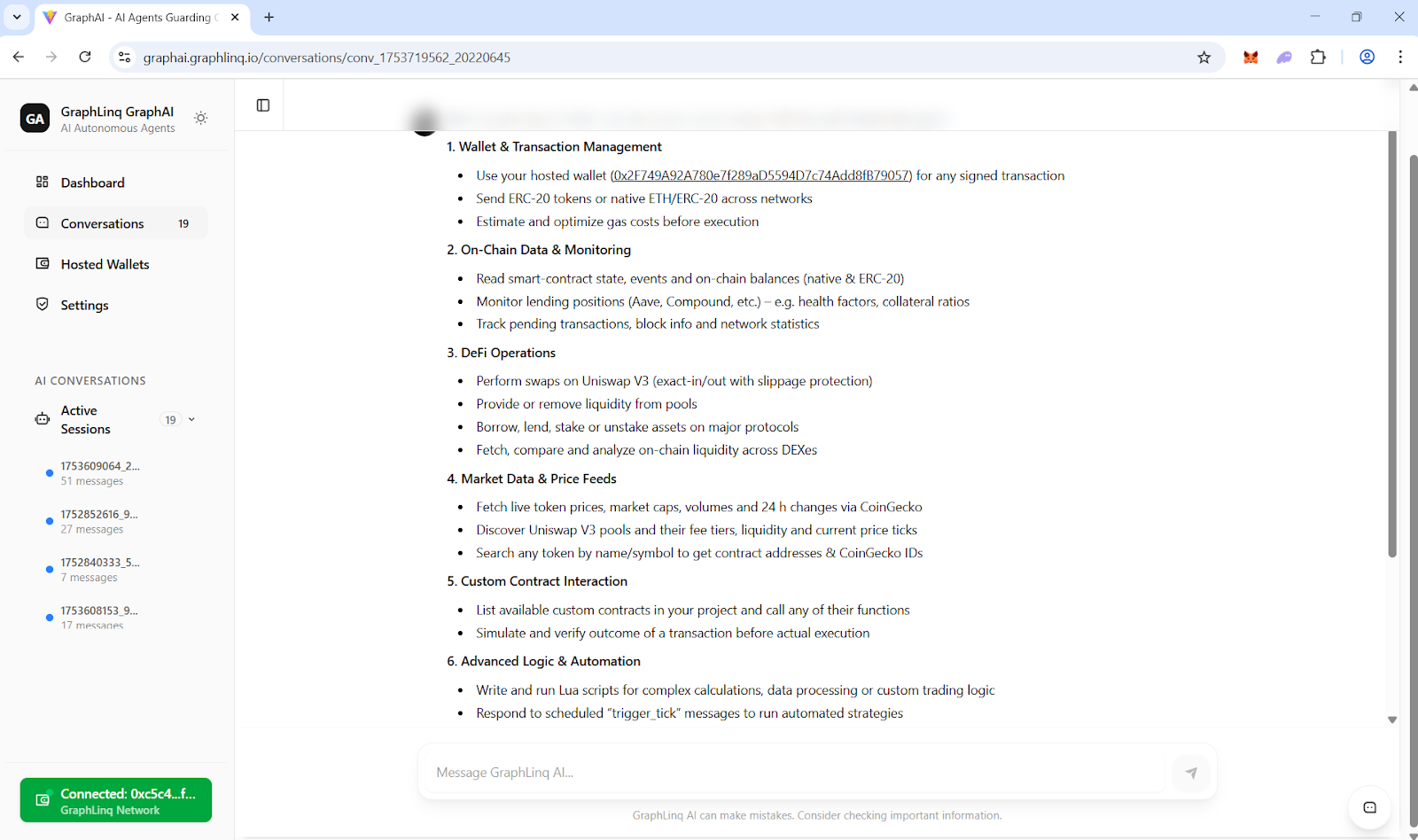
Now instead of writing scripts, you write prompts. Instead of hours of setup, you get seconds of response.
Pretty soon, with GraphAI rolling out, what’s now just a demo will go fully live and ready to use. It won’t just be some assistant; it’ll become the default interface for Web3 builders, traders, and analysts—no matter your technical background.

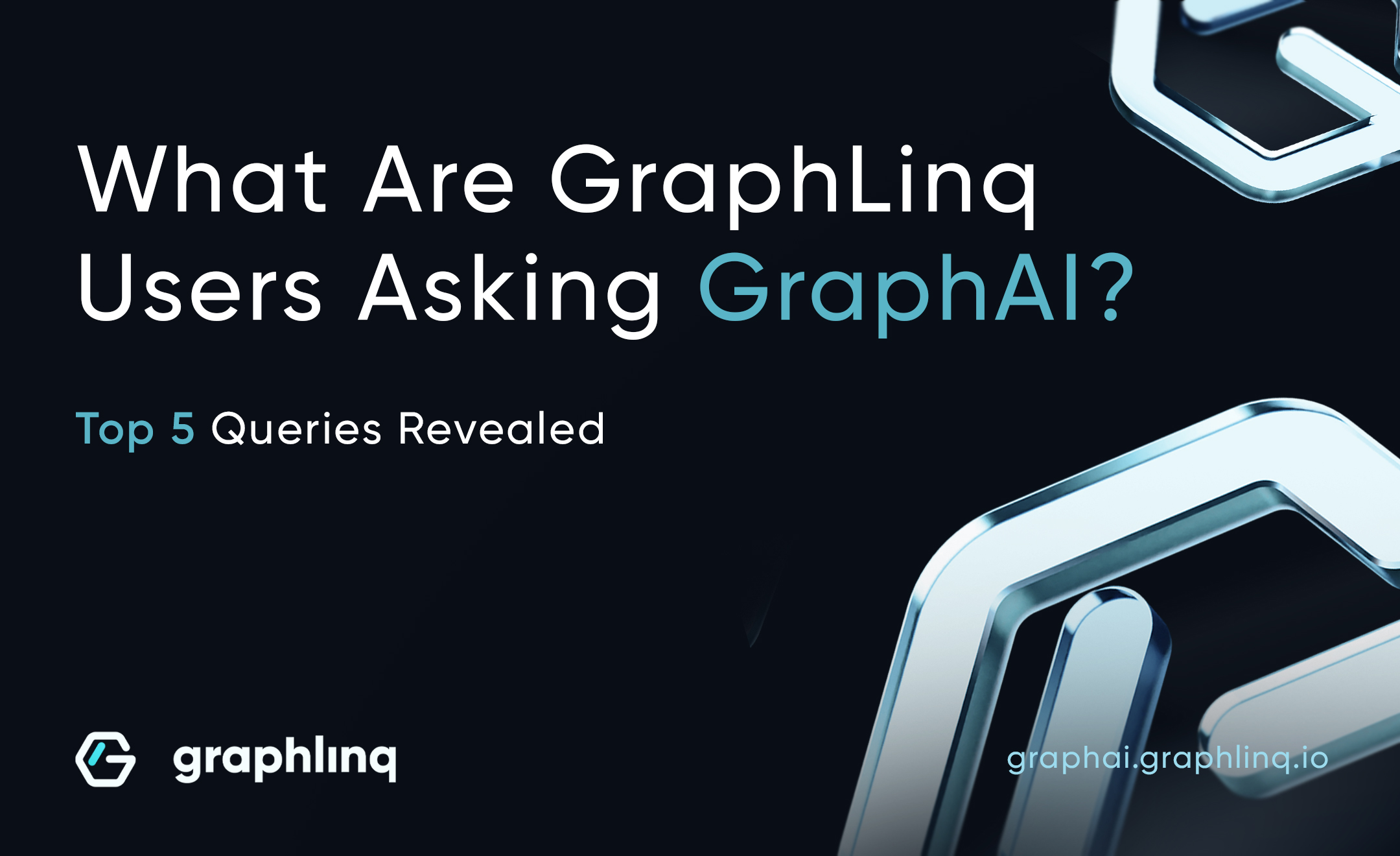
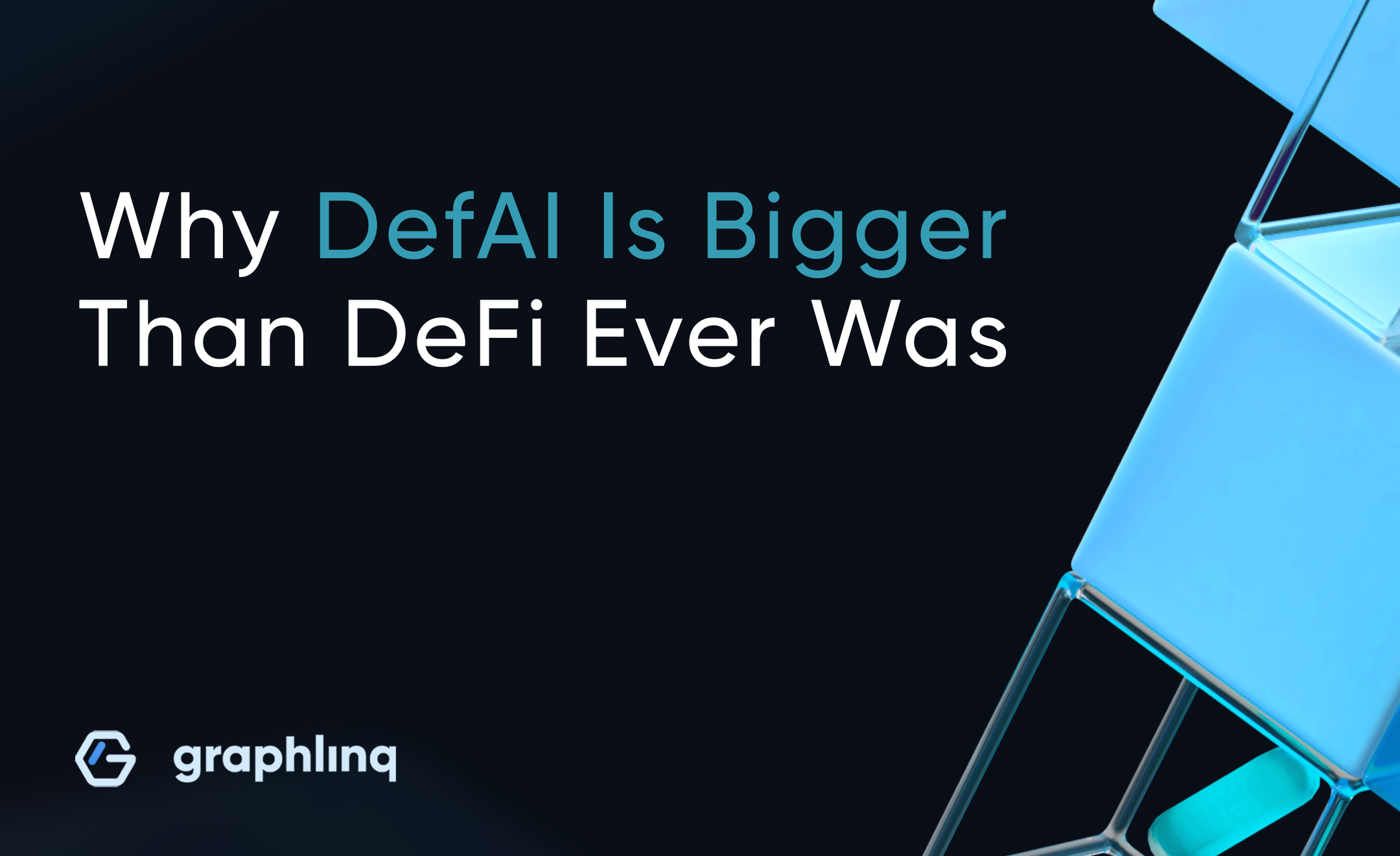

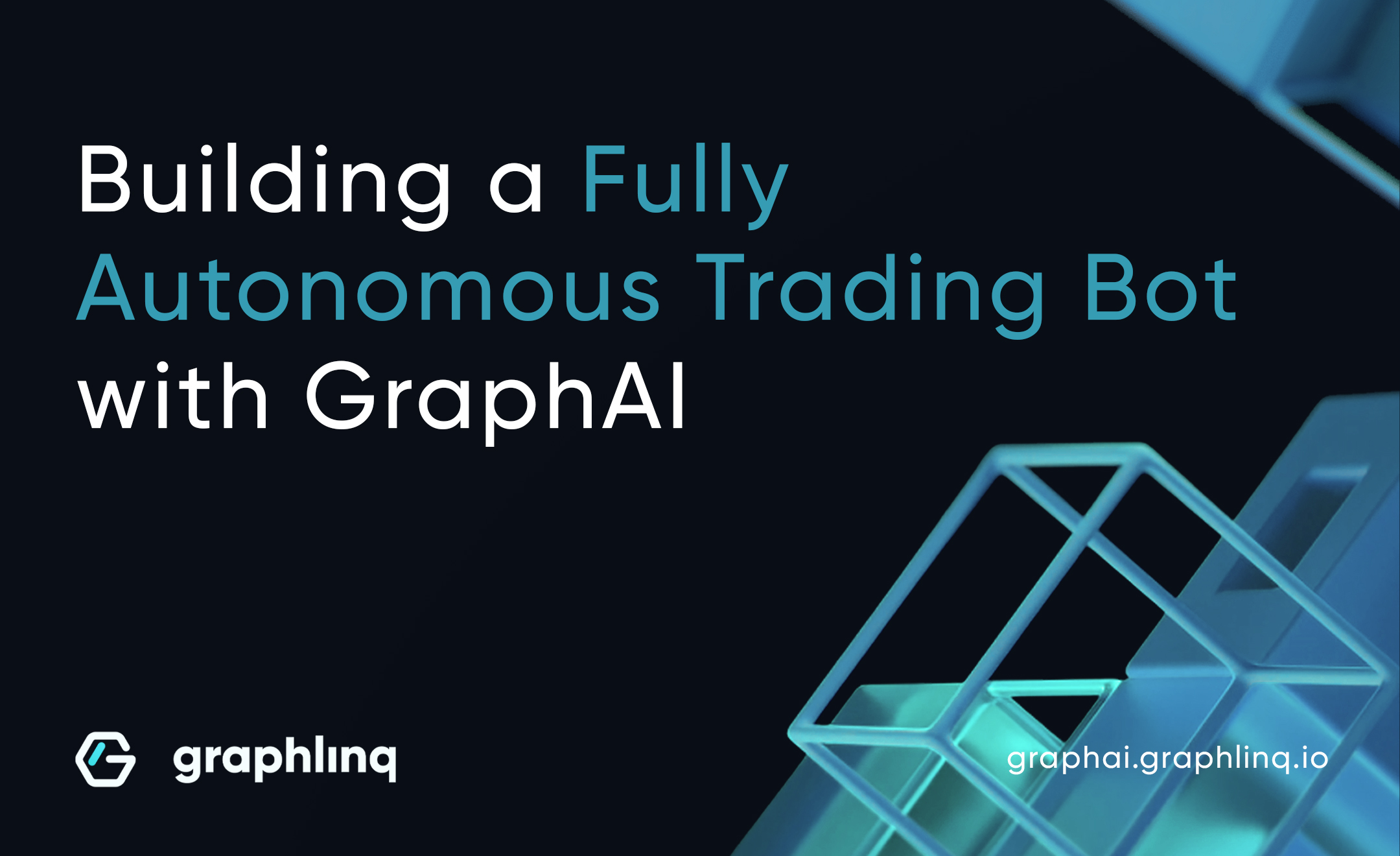
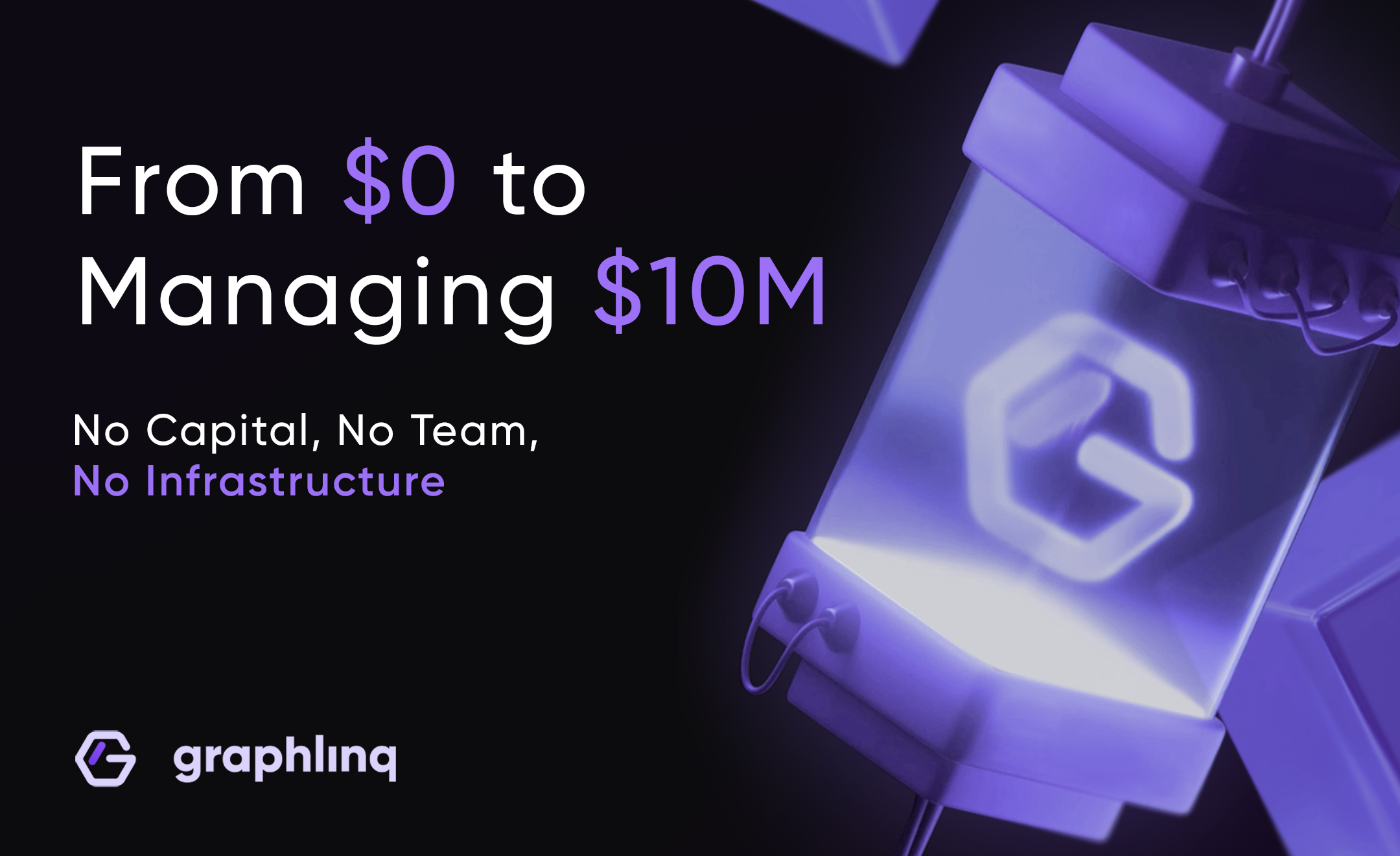
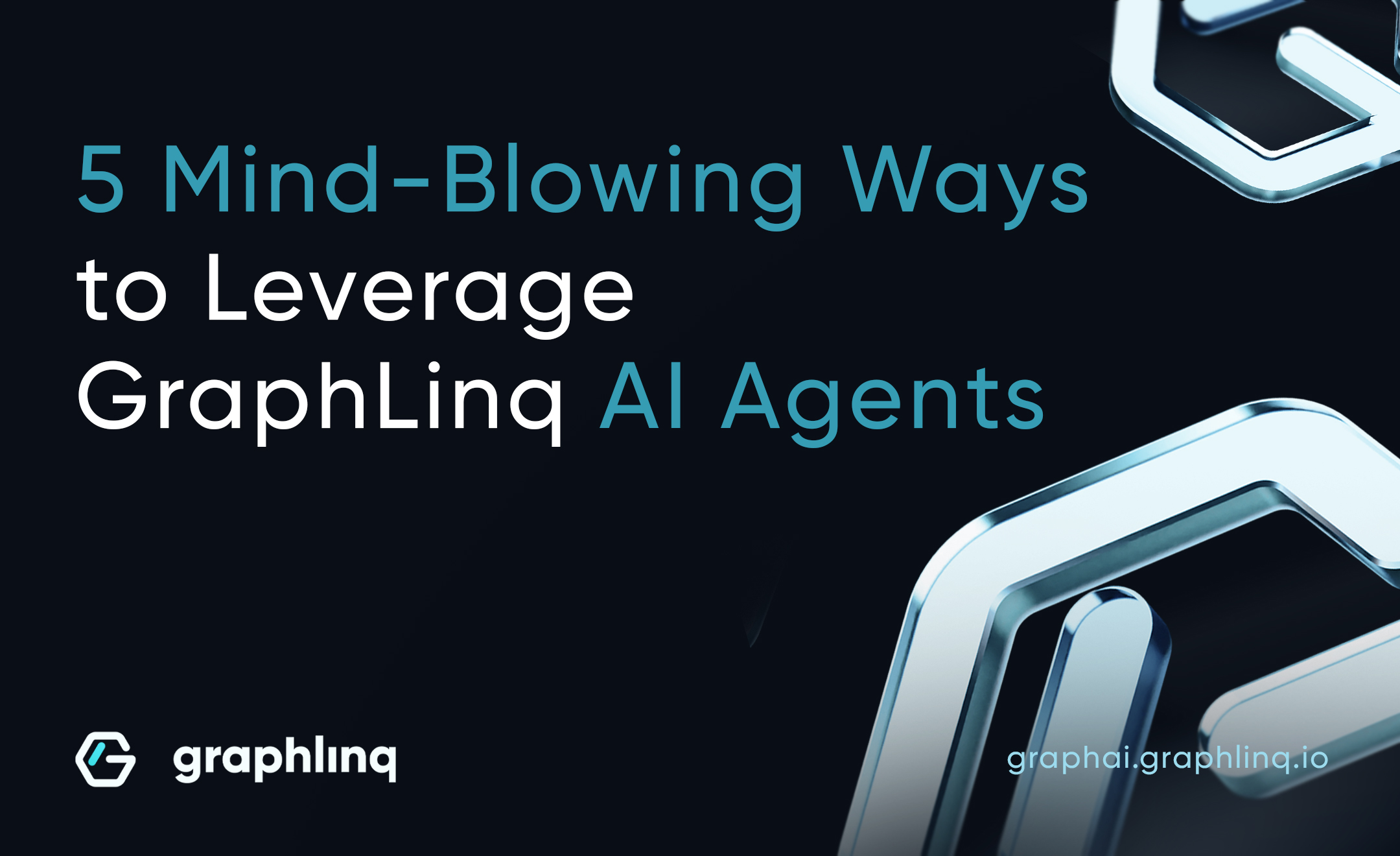
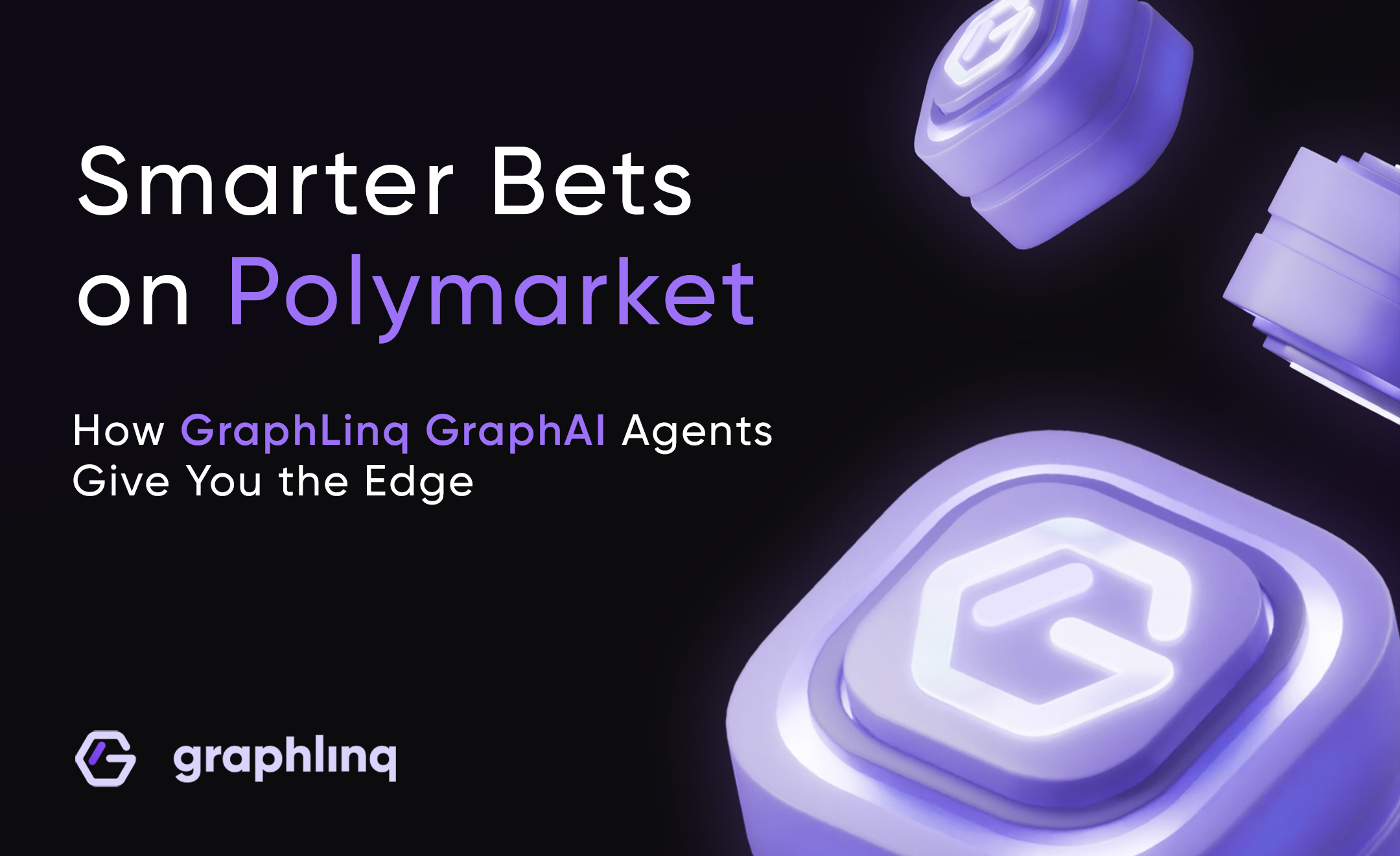
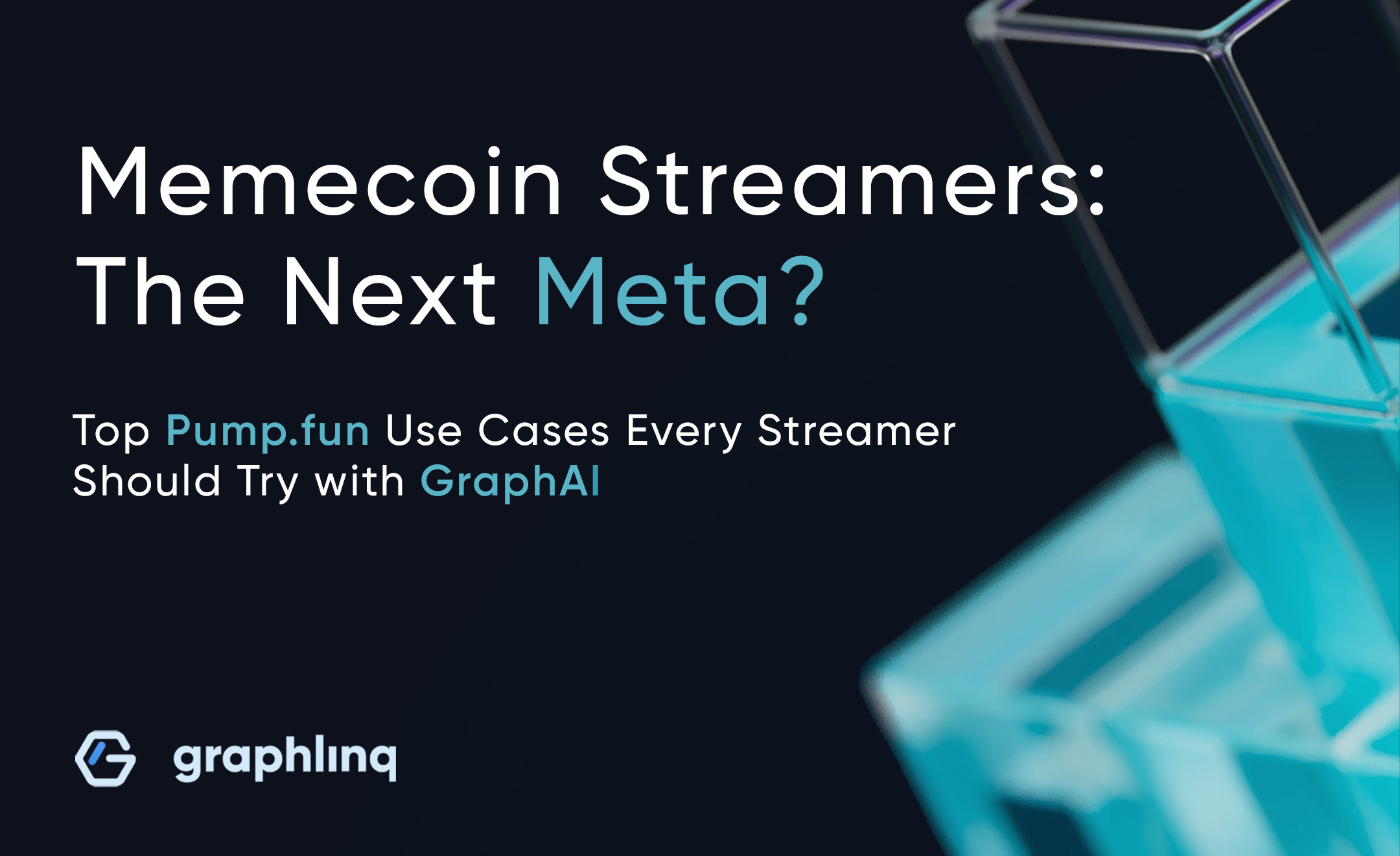
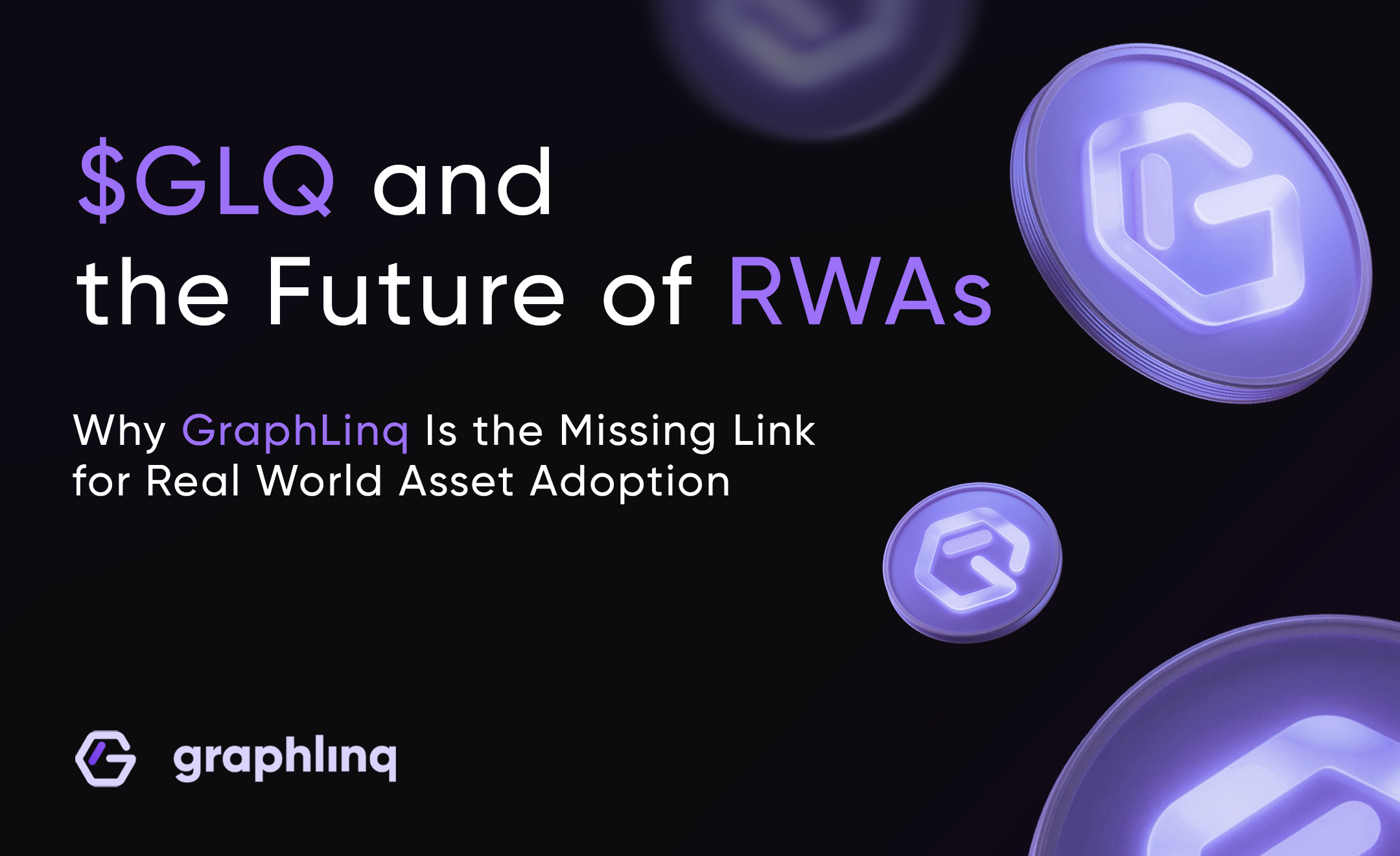
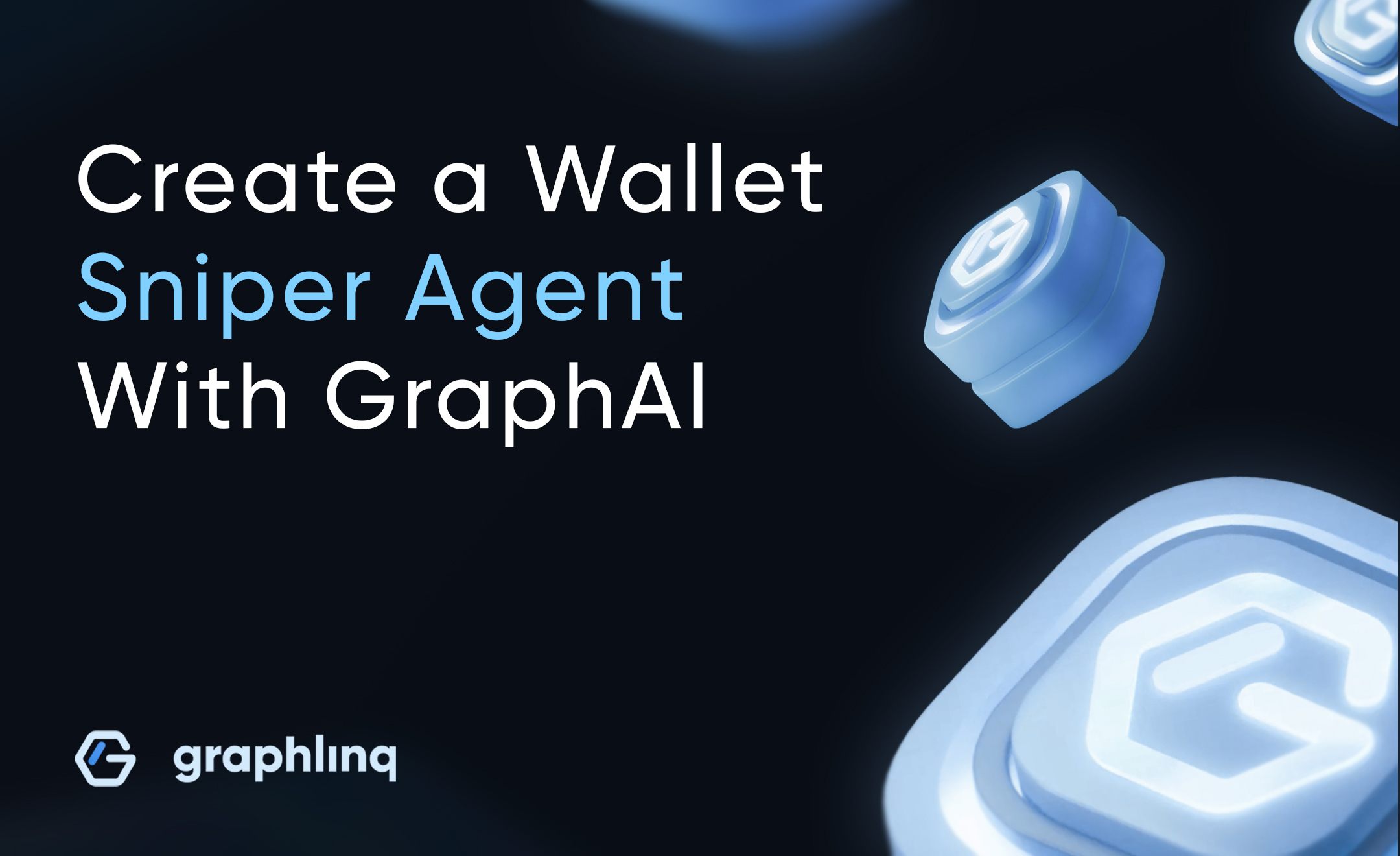

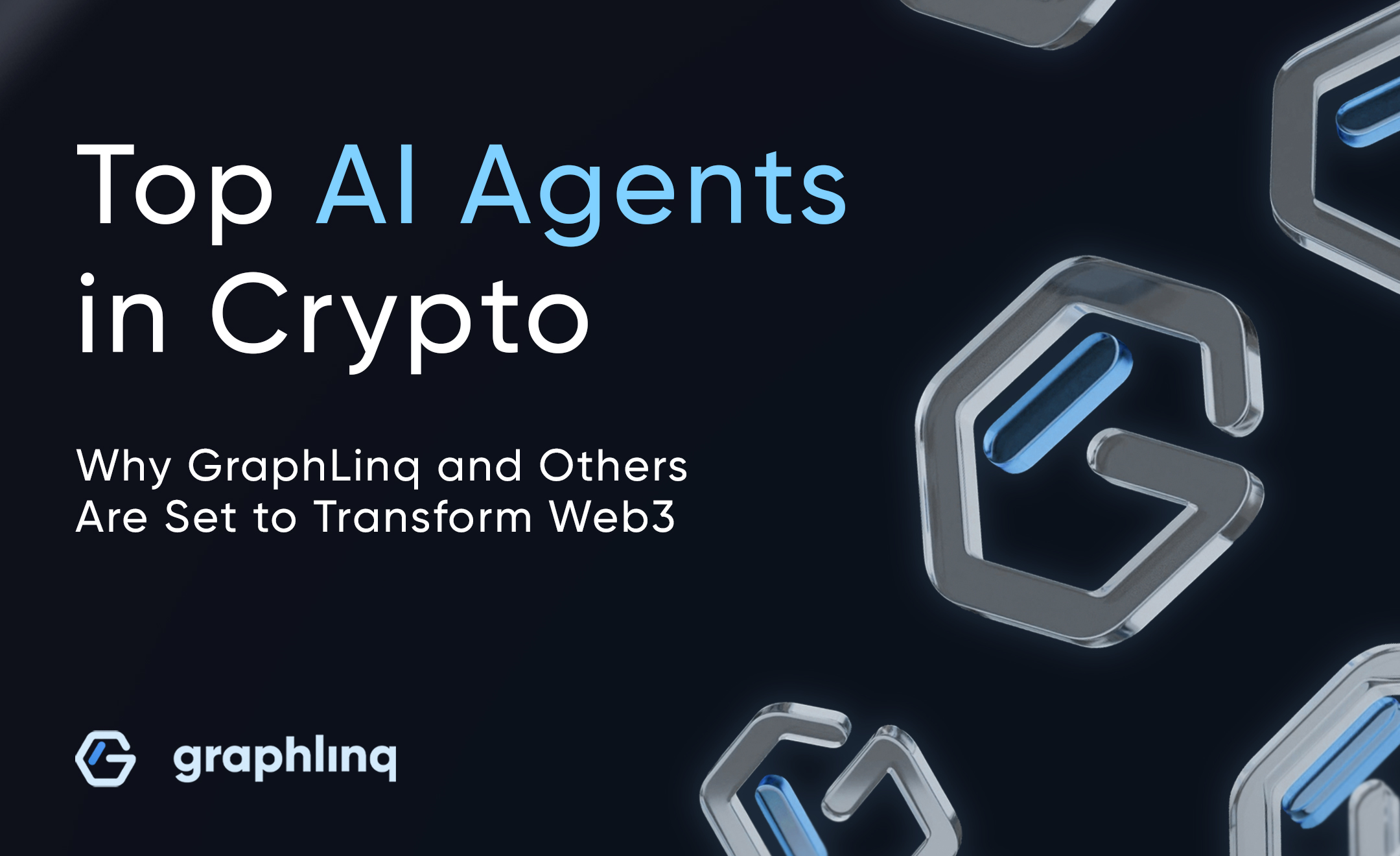
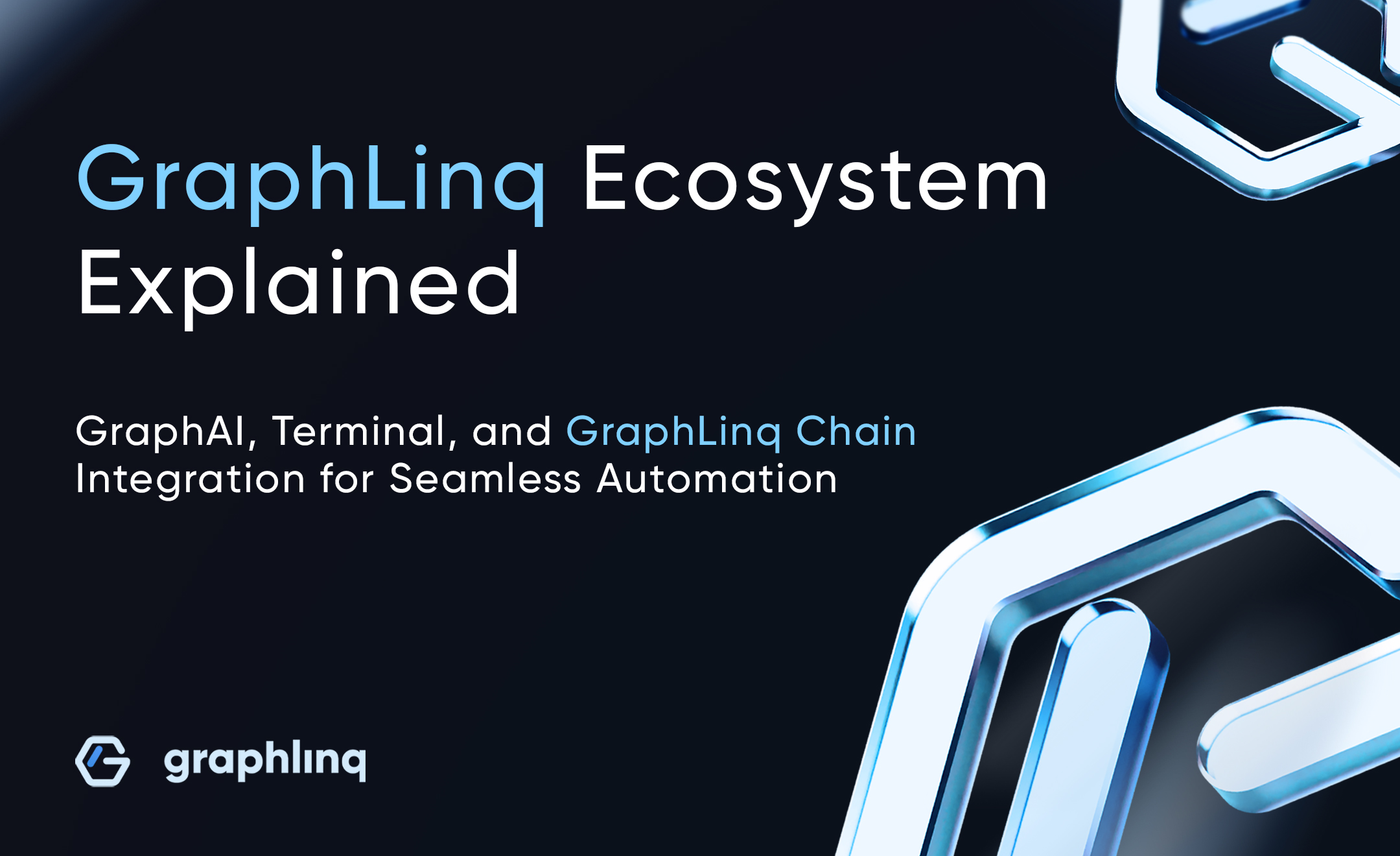







%20Do%20Bitcoin%20Cycles%20Still%20Work_.jpg)
%20What%E2%80%99s%20Next%20for%20Bitcoin%20in%202025_.jpg)



%20What%20Is%20a%20Crypto%20Swap.jpg)






























.jpg)
%20How%20to%20Find%20New%20Cryptocurrencies%20%20Worth%20Investing%20In.jpg)
%20Understanding%20Cryptocurrency.jpg)

.jpg)

A%20Comprehensive%20Guide%20to%20Altcoin%20Season.jpg)
%20cases%20and%20Future%20of%20Ai%20in%20Crypto.jpg)
%20How%20to%20Create%20Your%20Own%20MetaMask%20Wallet.jpg)
%20How%20to%20use%20your%20Crypto%20wallet%20safely.jpg)
What%20is%20a%20smart%20contract.jpg)
%20How%20to%20Protect%20Against%20Crypto%20Scams%20and%20Ponzi%20Schemes.jpg)









